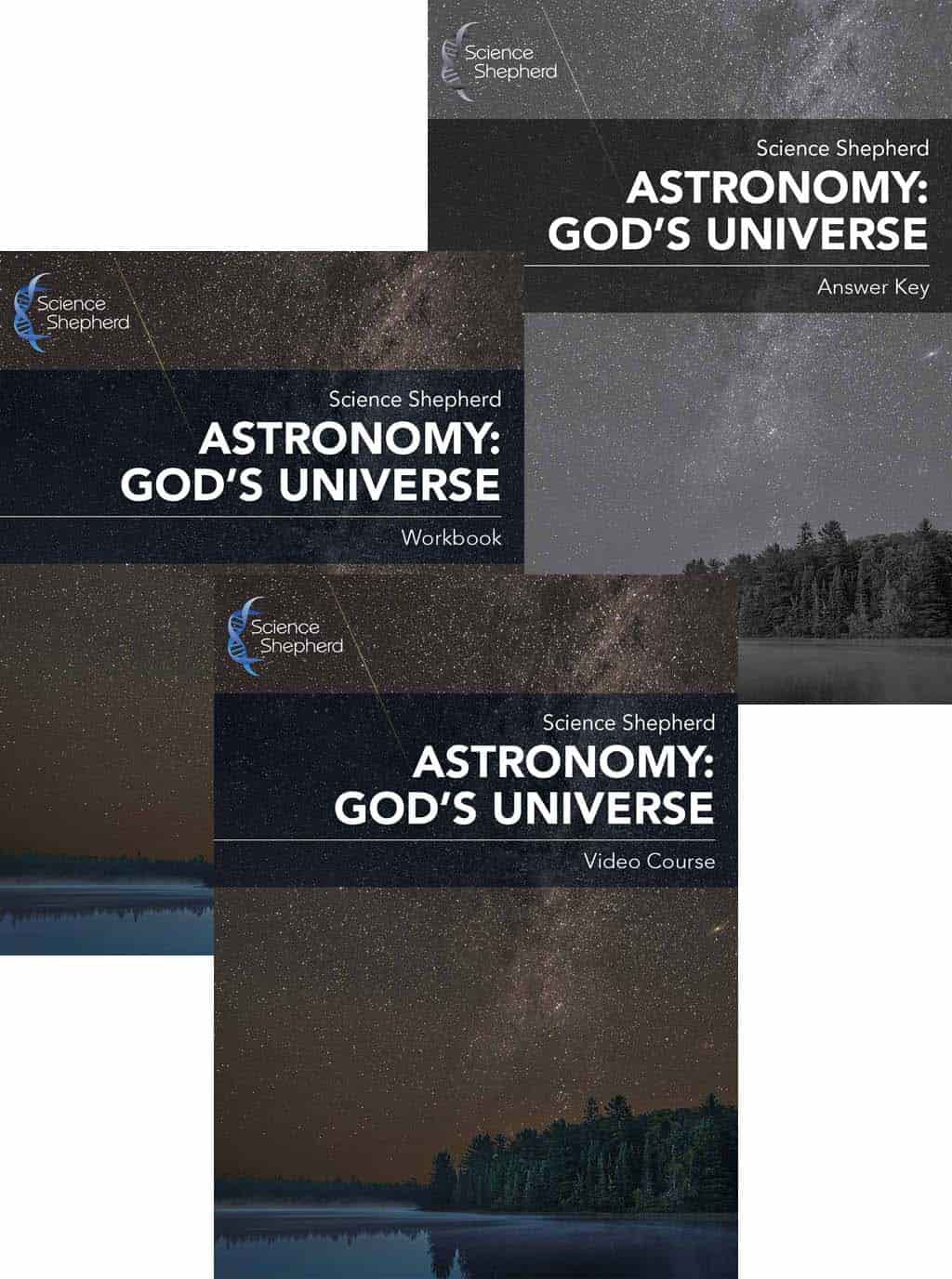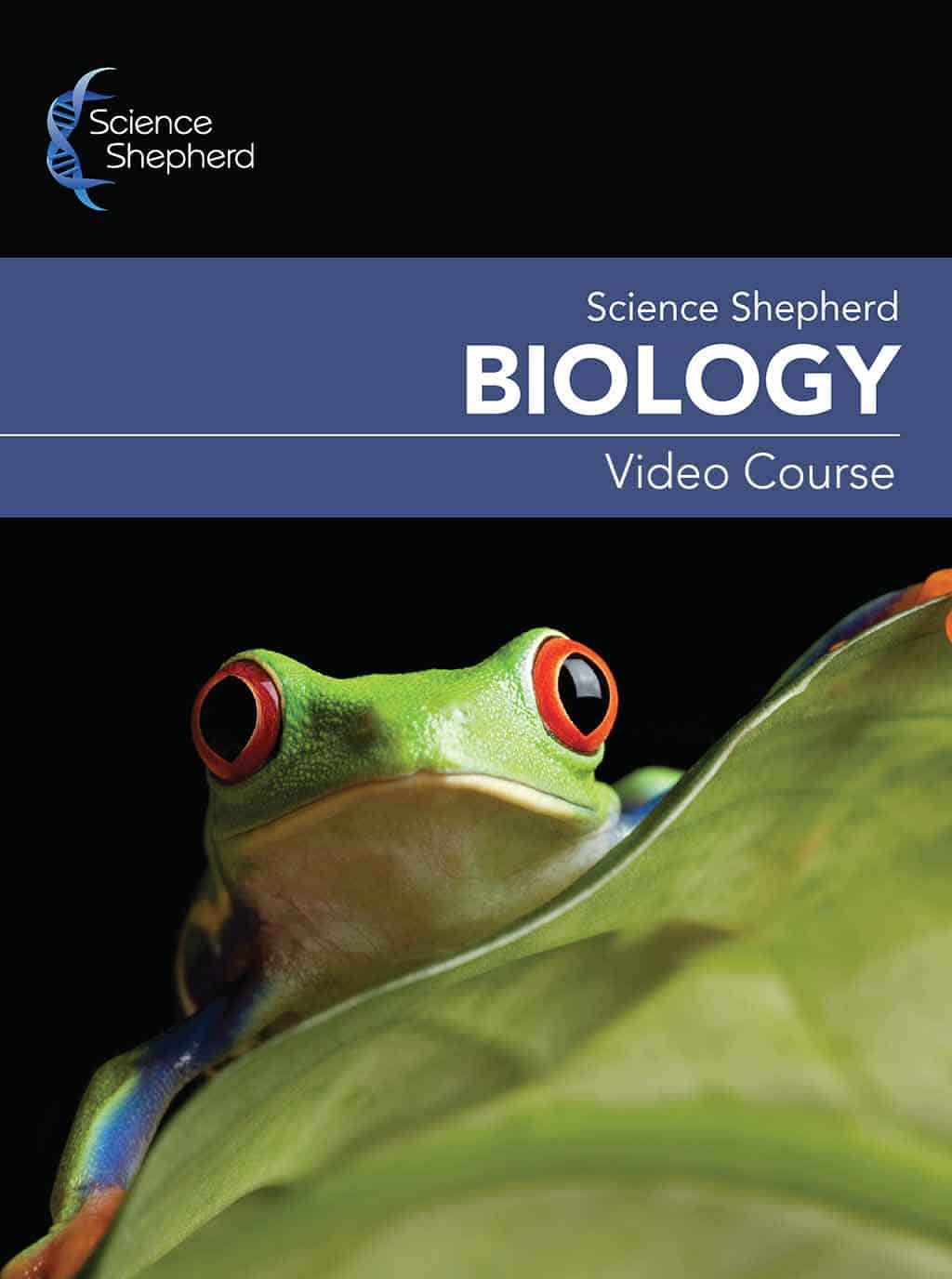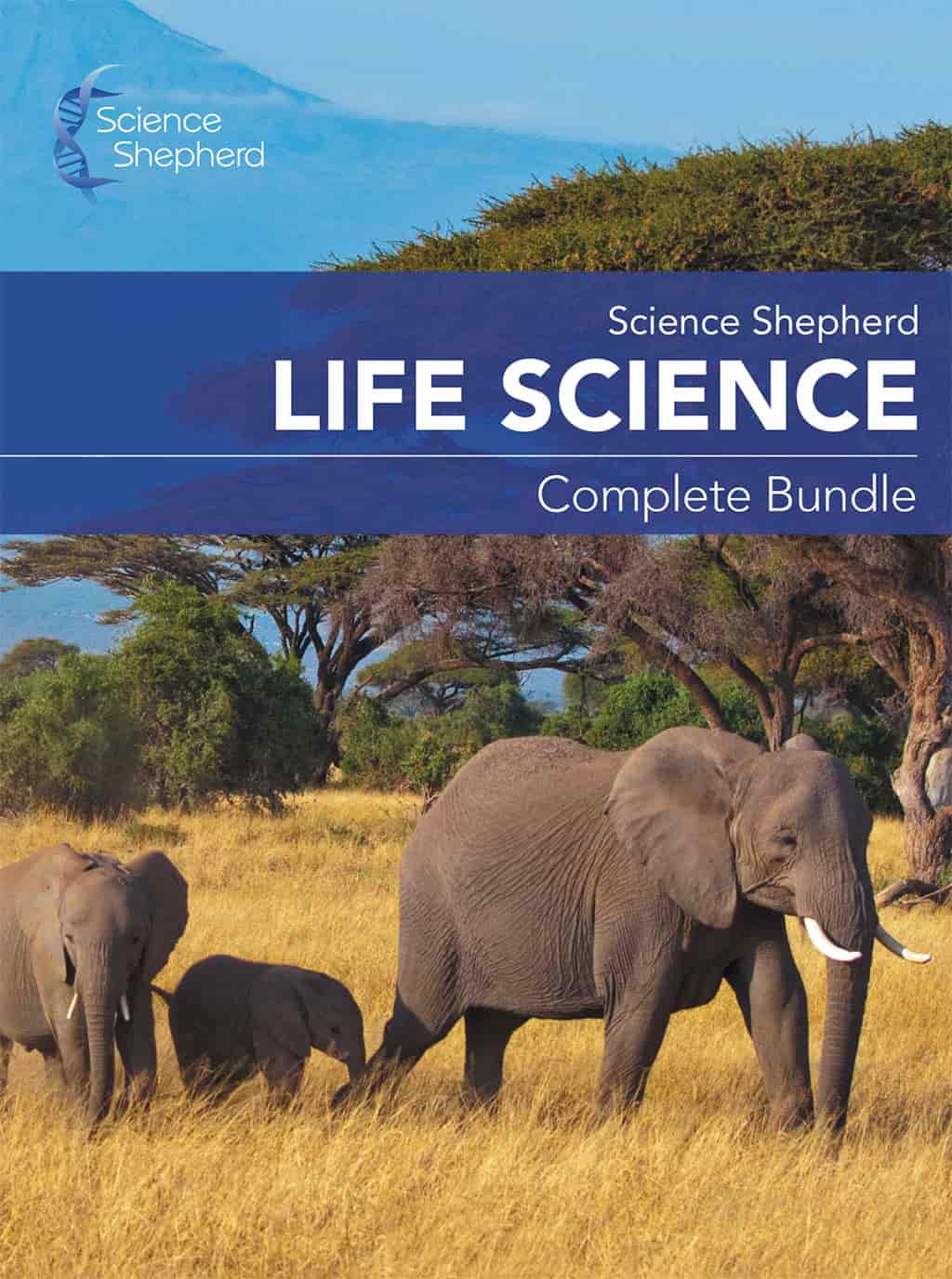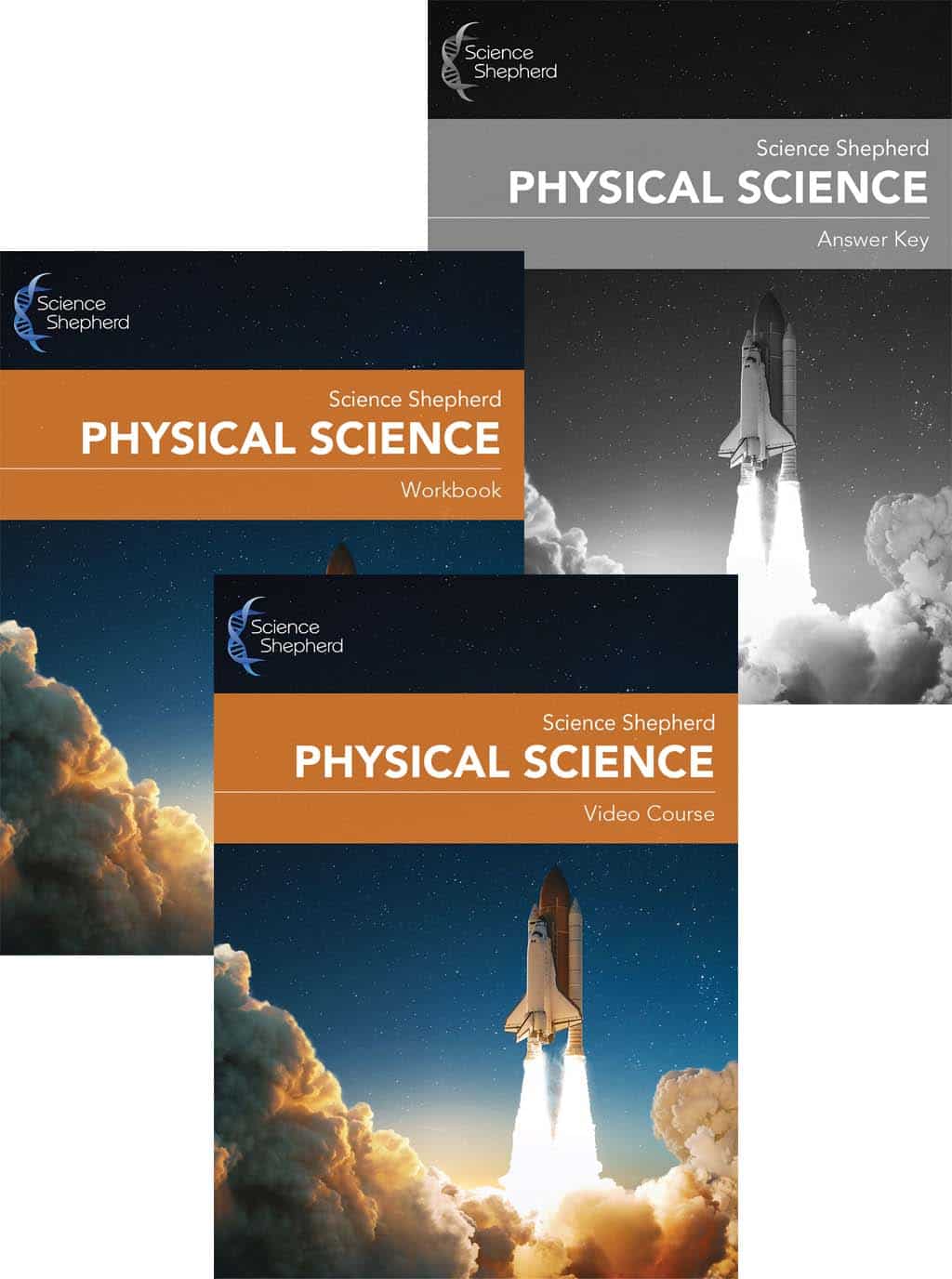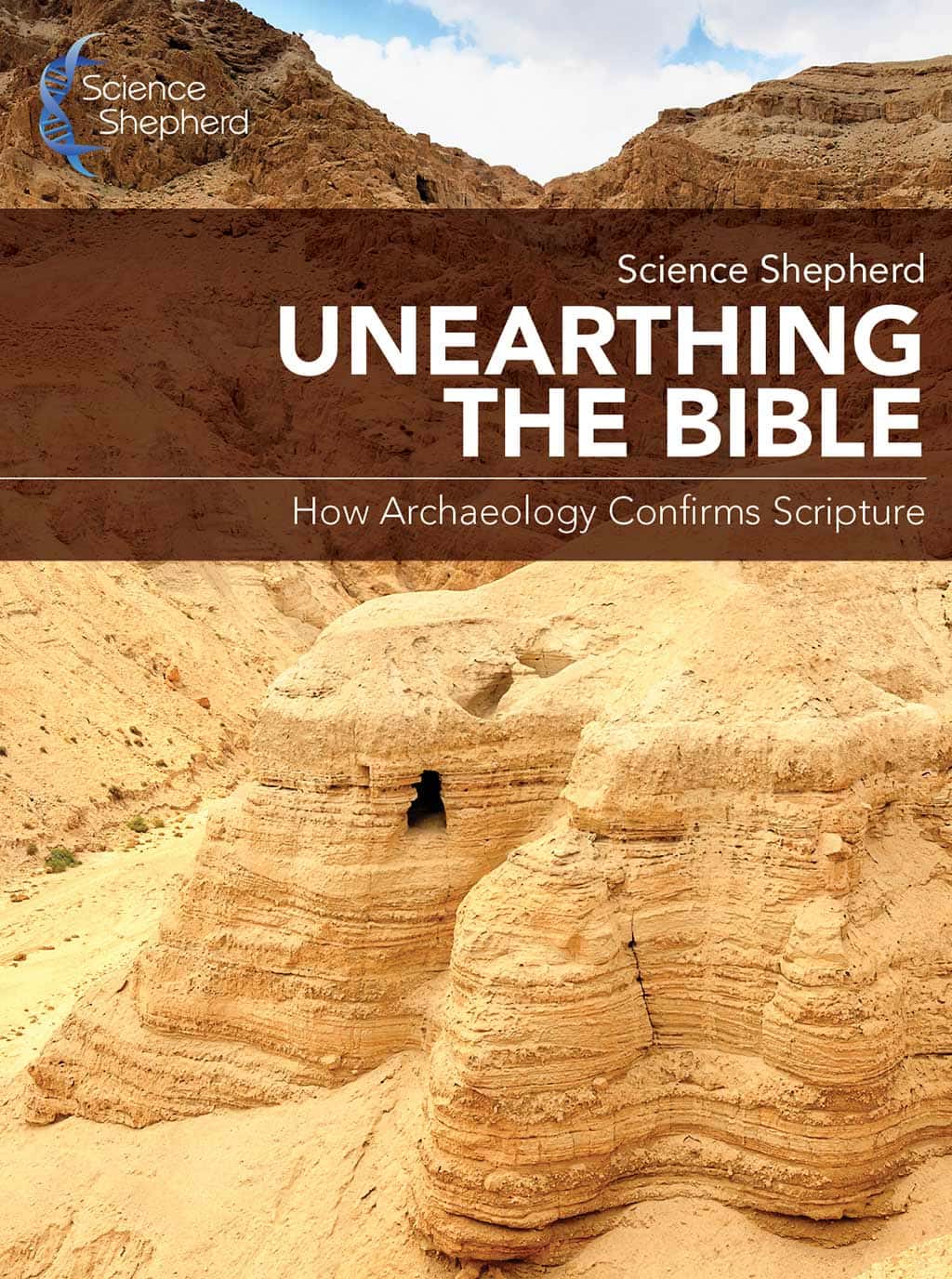Reflecting Creation in Homeschool
by Bill Hardin July 24, 2025 8 min read

7 Ways We Can Reflect the Wonder of Creation in Our Homeschool
Think of a time you were struck with wonder over God’s handiwork in creation. Maybe it was a time you gazed at a sky sprinkled with shimmering stars. Maybe it was a time you saw a whale leap out of the sea. Maybe it was a time you saw your child’s eyes sparkle with delight. Or perhaps it was a time you were looking through a microscope. Let’s peek at seven ways that we can reflect the wonder of God‘s creation in our homeschool settings. Of course, the application of these ideas will (and should – thankfully!) look different for each family, so have fun reading and see which things fit with how God made your unique family.
1. Order
One of the reasons that science works is that God created a world where things are orderly and follow discoverable patterns. There are consistent laws that govern how we live on Earth – the law of gravity, for instance. All creatures can be grouped into a kingdom, phylum, class, order, family, genus and species (thank you, Carolus Linnaeus!). Planets and stars follow set patterns in the sky. Down at an atomic level, neutrons, electrons and protons all do their jobs and follow the set structure for the elements they form. We reflect the orderliness of creation when we have order in our homeschool environment. This will look different for every family, but here are some ideas of what orderliness might look like.
It could look like having certain “laws” that govern your homeschool, like love, kindness and honesty. It could look like having all the school supplies (pens, pencils, crayons) in labeled containers so everyone knows where to get them when needed, and all the books are nicely set on bookshelves. It might look like knowing that homeschool hours are from 8-12 followed by lunch and an outdoor activity with a group of friends leading into a quiet hour at home. It could look like a job chart so everyone knows what their job is to keep the homeschool area clean and ready for the next adventure.
2. Creativity
The same God Who created the universe with order also used a lot of creativity. He made the fire shrimp and the elephant, diamonds and pumice, grass and orchids, pine trees and ceiba trees, snowflakes and rainbows, comets and planets. And He made each of His human creatures unique. So when we approach our homeschooling with creativity, we reflect – in our finite, human way – this aspect of God’s character. This is good news for all the creatives out there who were disturbed by the above mention of order! And the cool thing is that order and creativity go together well. Really. When we have a sufficient amount of order – in our stuff, time, heads and hearts – it gives us more time and energy to be creative. For example, when we don’t have to spend half an hour looking for our watercolor paints, we have more time to use them for an art project.
More good news is that each of our homeschool families reflect God’s creativity. He gives us all unique family members, unique homeschool settings, unique circumstances and unique resources (finances, talents, strengths, weaknesses, etc.). When we realize this, it is so freeing! Certainly, we believe that there are certain “standards” – like showing love and valuing integrity – that we should hold to, but we get to reflect God’s glory in unique ways and don’t need to get all bent out of shape trying to look exactly like someone else’s homeschool or making everybody else look just like us!
3. Rhythms
Winter melts into spring, spring blossoms into summer, summer cools into fall and fall fades into winter. The dry season gives way to the rainy season. The sun rises and sets at certain times throughout the year. These are examples of rhythms we see in creation. They bless our lives with consistency. We can bless our homeschool lives in similar ways with our own rhythms. Giving ourselves a regular routine for the day - wake-up times, meal times, specific chores for different days, and go-to-bed times - can bless our lives with consistency and even comfort. Maybe we choose to make our own unique school schedule because we take off more time in December to do Christmas activities and this becomes part of our rhythm. Maybe we go for a walk in the mornings (rain, snow or shine!) and that becomes one of our rhythms. Of course, we know as homeschool parents that a lot of our rhythms get off-beat on a regular basis, so let’s keep the expectations reasonable. But an attempt at rhythms is a way we can reflect the wonder of creation in our homeschool and give ourselves and our kids the blessings of the consistency and comfort of having things to look forward to and lean on.
Another way to look at rhythms in creation is musical rhythms. Leaves rustle in the breeze, cicadas chirp their nightly song, sparrows sing in the morning, brooks babble down their course, and waves lap and roar against the shoreline. The Lord has created an outdoor symphony for our ears. In our homeschool environment, we can incorporate music by having soft music playing during an activity, making a “song of the month” part of our family Bible time, making up rhythmic phrases or even a song to remember science facts, having a song to help us remember what to take to co-op . . . The options are maybe as endless as the variety of bird songs God has created!
4. Purpose
As we look at creation, we can see that God has a purpose for His handiwork – to bring glory to Himself and to bless and provide for us and point us to Him. If someone asked us what the purpose is for our homeschool, how would we answer? Here are some ways we might answer:
- To give our children a chance to learn about the world through a Christian worldview.
- To teach our children about the Lord.
- To give our children the opportunity to learn in a healthy and safe environment.
- To give our children resources that suit their unique gifts and needs.
- To give our family flexibility to pursue adventures and travels.
- To make school fit in with our children’s sports commitments.
And so many other possible answers!
Knowing what our purpose is for homeschooling is great because it can help us define our priorities, choose curriculum, select extra-curricular activities, set a schedule, etc. We recommend writing down your purpose for homeschooling somewhere that you’ll see it often. That can help you stay on track and not miss the point of why you are doing what you are doing. And on the crazy days when you wonder whether it’s worth all the effort and time, that purpose statement will be there to remind you . . . or to give you pause if you need to readjust in some area.
5. Movement
Butterflies flit from flower to flower. Squirrels scamper from tree to tree. Owls flap their wings and soar. Dolphins dance over waves. Cheetahs race across the savannah. Elephants swing their trunks. God made His creatures from the smallest to the largest to move. And that includes us! So don’t forget to make movement part of your homeschool. Play tag with your littles outside, go for a long walk, shovel some snow, have a snowball fight, go swimming (indoors or outdoors), see how quickly you and your kiddos can clean the house, put on your ice skates, do some stretches . . . you get the idea! Some benefits of exercise include stress release, better blood flow to the brain (read: better thinking), a healthier heart and even better sleep! Sounds like a win-win for everyone!
6. Beauty
God could make the sun rise and set just as a glowing ball of sunshine, but He paints the sky and clouds in reds, oranges, yellows, aquas and purples that make us stop and look. God could dress flowers in grayscale and all the same petal shape and scent, but He clothes them in a myriad of rainbows and gives them distinct petal designs. God could give the birds all monotone calls, but He directs a symphony of songs each day. God could make snow like a blanket of cotton balls, but He makes it sparkle in the sunlight. All of these things – and so many more – remind us that God values beauty.
So what might beauty look like in our homeschool? Again, this will look different for every family. Maybe it looks like a neat and tidy school room. Maybe it looks like life-giving colors on the walls. Maybe it looks like sunshine streaming in through the windows. Maybe it looks like a couple of inspiring pictures on the walls. Maybe it looks like a vase of pretty flowers on the table. Have fun figuring out what makes your homeschool area beautiful for you!
7. Rest
After a day full of order, creativity, rhythms, purpose, movement and beauty, chickadees nestle in their nests, bunnies snuggle in their burrows, sheep curl up in their stalls, bears get cozy in their dens. It can be hard to get a good night’s sleep in seasons when there is a lot on our plates, but with benefits like better mood and better health, sleep is important for not only our kids but also us moms and dads. Beyond just a good night’s sleep, one of the beauties of the creation account in Genesis is that God – the Almighty, the Omnipotent – chose to rest as an example for us after creating all the order, creativity, rhythms, purpose, movement and beauty in our universe.
We interrupt this very sweet blog post . . .
. . . to bring you some important exposition. What does it mean in Genesis when it tells us that God "rested" on the seventh day? Most people associate rest with being tired, and I have heard atheists specifically ask what kind of powerful God do we really have if he grows weary and must rest. I think even a lot of Christians think God rested in the same way we do, that He was tired and needed a break. But from elsewhere in Scripture we know that cannot be true. Isaiah tells us that God "does not become weary or tired" (Is. 40:28), the Psalmist assures us that the Lord "will neither slumber nor sleep", and - specifically within the context of the Sabbath day - Jesus states that God has always been working (John 5:17). The "rest" in Genesis, then, must be different. And it is. In Genesis 2:2, the Hebrew word that was used literally means "to cease" or "desist," so not rest in the sense that he was tired and weary and needed to rest to recuperate his strength. The understanding is that He "rested" from creating. So on the seventh day, God rested ("ceased creating"), setting a pattern for our week of activites, yet not because he was weary.
-Dr. Scott Hardin
Sometimes we may be tempted to get so busy creating our own order, creativity, rhythm, purpose, movement and beauty that we want to keep going seven days a week, but let’s try to remember and follow the example the Lord set for us. By choosing to rest, we have to admit that we can’t do it all and that we are dependent on God. That can be hard, but let’s see if, perhaps, we can accomplish just as much and avoid the repercussions of burnout.
So there you go! We hope you enjoy creating order, creativity, rhythm, purpose, movement and beauty in your homeschool. You might pick just one area for now to focus on, but no matter how you approach this idea, seek the Lord for what He would have you do for the unique life He has given your family. And may you be able to catch wonder-struck moments as you do this good work in your homeschool!
Until next time!
Science Shepherd
Sign-Up Today!
Subscribe for the latest news and receive 10% off and a FREE resource!
Recent Articles
10% Off Your Next Order
Subscribe to our newsletter and we'll send you a code for 10% off an order
plus a free download of 5 Scientific Ways Your Kids Can Defend Their Faith.


